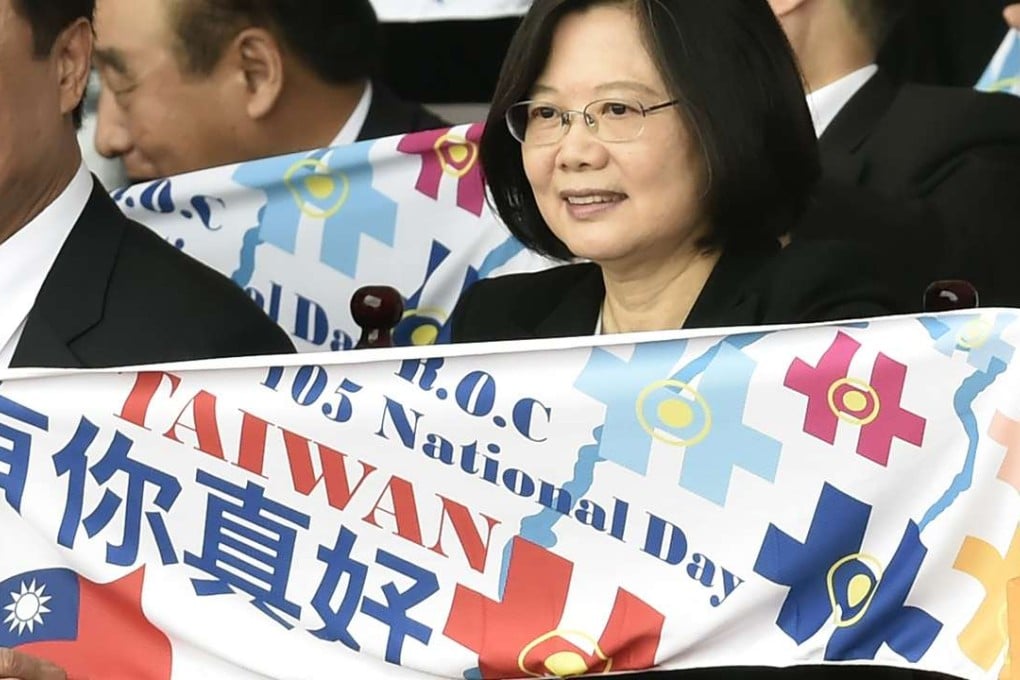Sino File | Is it one birthday, two Chinas?
Celebrating 105 years since end of dynastic rule in China, Taiwan’s leader Tsai Ing-wen said Beijing had to accept ‘the ROC’s continuous existence’

The shine of the Republic of China is dimming. But it still symbolises the historic link across the Taiwan Strait.
While the world’s last major communist-ruled nation and one of Asia’s most vibrant free democracies have shared nothing in ideology, rulers on both sides have embraced the 1911 revolution, which overthrew millennia of dynastic rule and founded the first republic, as a milestone in the history of China.
That was why cross-strait relations improved steadily under Taiwan’s Beijing-friendly leader Ma Ying-jeou of the Kuomintang in the eight years up to 2016. But the bond has weakened after Tsai Ing-wen, of the independence-leaning Democratic Progressive Party, became president in May.
Both China’s communists and Taiwan’s pro-independence forces have long tried to put an end to the Republic of China (ROC). Despite the communist endorsement of 1911 revolution, the aim of the bloody civil war between Mao Zedong’s red army and Chiang Kai-shek’s Nationalists between 1945 and 1949, in which millions of innocent Chinese were killed, was to replace the ROC with a communist people’s republic.

And since its founding in 1986, the DPP has aimed to achieve the island’s independence from China, and thus to eventually eliminate the ROC.
As Taipei held big events to mark the republic’s 105th anniversary on Monday, Beijing was watching carefully whose birthday Tsai’s government was celebrating. Which ROC did they mean: a republic also covering the mainland, as the Kuomintang claimed; or just the island, as the DPP said the “ROC in Taiwan”?
